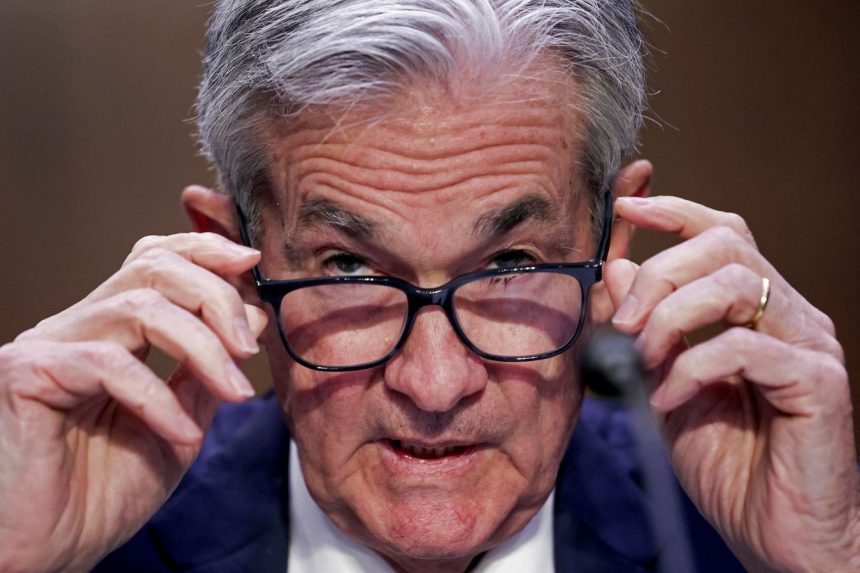The Federal Reserve is on the cusp of removing its restrictive policy stance. If economic data released later this week confirms the recent disinflation trend, investors can expect the Fed to cut interest rates when officials meet in September. Before that happens, there are just a few more boxes to check.
June’s inflation data, released on July 12, will be critical to help determine whether the resurgence in inflation seen in the first quarter of the year is over or if softer readings in April and May were just a short reprieve.
According to a Bloomberg economist survey, headline CPI growth is expected to slow for the third consecutive month to 3.1%, down from 3.3% in May. The consensus estimate for CPI excluding food and energy is 3.4%.
Shelter is the most significant component of CPI (36%) and should continue to show moderation. CPI’s shelter price index tends to lag market-based rental indices by eight to 14 months because it includes rents for both existing and new tenants, which have been falling. This dynamic is incorporated into the Fed’s model, which predicts inflation will fall back to near its target range by the end of 2025.
Fed Chair Powell’s remarks at the European Central Bank’s recent annual Sintra forum in Portugal suggest his confidence in seeing inflation return to its 2% target is growing. He said, “We’re making real progress on inflation,” and “prices now show signs of resuming the disinflationary trend.” The tight monetary policy is working to control inflation. However, there is concern that holding rates at current levels may put an unnecessary dent in growth.
Austan Goolsbee, the President of the Federal Reserve Bank of Chicago, was also at the Sintra conference. He told CNBC that the Fed “should tighten by choice, not by default,” referring to the current high level of interest rates after adjusting for inflation. He also sees “warning signs the real economy is weakening.”
Goolsbee worries that policy rates are too restrictive, causing unnecessary strain on the economy, a view shared by other FOMC members in their last meeting. “The vast majority of participants assessed that growth in economic activity appeared to be gradually cooling, and most participants remarked that they viewed the current policy stance as restrictive,” the minutes said.
While the inflation picture is improving, the other half of the Fed’s mandate—maximizing employment—may be the catalyst to push them to cut rates. On the surface, the June jobs report appeared strong, but a closer look showed some softness. The prior two months were revised down by 111k, continuing a pattern of large revisions and bringing the three-month moving average below 200k.
The unemployment rate has increased for the third month in a row and is now 4.1%, 0.7% above the low in January 2023. Wage growth has moderated, and the number of new job openings relative to job seekers has moved back to pre-pandemic levels. The labor market has largely rebalanced and is no longer a material risk to inflation. The concern is that rising unemployment will become a contributor to economic weakness.
Signs of slowing have emerged. Recent economic data has missed expectations, confirming the possibility of a slowdown in growth.
ISM Manufacturing and ISM Services were the latest contributors to the markdown in GDP estimates. The ISM numbers came below consensus and were the lowest prints since February. The ISM and other weaker-than-expected data in the last month have pushed the Citibank Economic Surprise Index to the lowest point in two years.
The Federal Reserve Bank of Atlanta’s GDPNow index suggests U.S. gross domestic product will expand 1.55%, which would be a material slowing from the prior quarter if realized. Declining growth should give the Fed cover to remove some monetary restrictions.
The transition towards looser monetary policy is underway but requires existing inflation and labor trends to continue, or at least not reverse. Markets are priced for 50 bps of rate cuts this year and another 100 bps in 2025. If the unemployment rate edges higher next month and inflation does not reverse higher, the Fed should be able to deliver on the market’s expectations.
Look for easing clues from Chair Powell during his congressional testimony this week. Powell will probably reiterate his view that risks to the dual mandate are balanced but highlight the string of recent data showing labor market deterioration and inflation slowing. If he mentions that the economy is slowing due to high real interest rates, that is a sign he is ready for a more neutral policy and will pave the way for cuts later this year.
Read the full article here
















